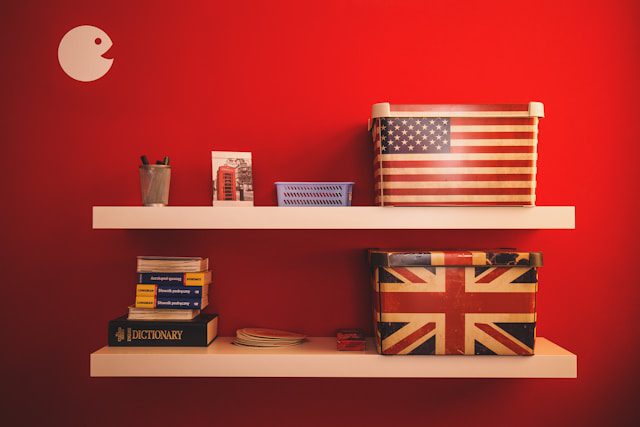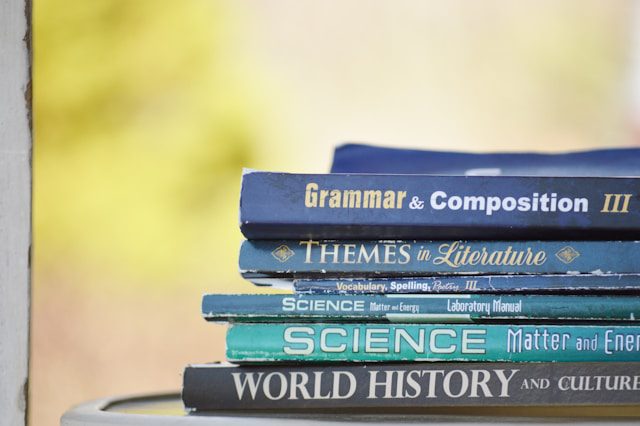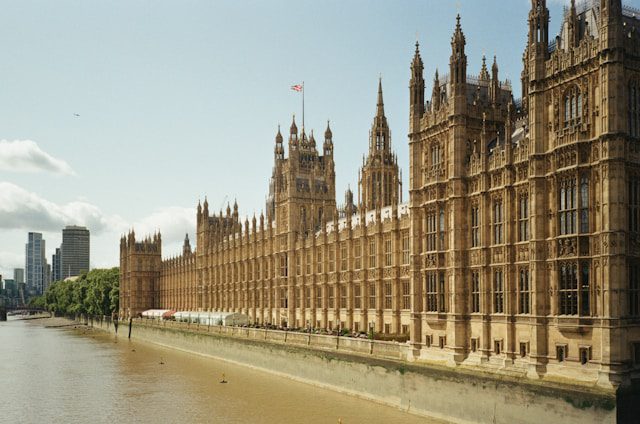Makaton is a unique communication system that combines signs, symbols, and speech to support language development and understanding. Originally developed in the 1970s, it is widely used in the UK to help people with communication difficulties express themselves more effectively.
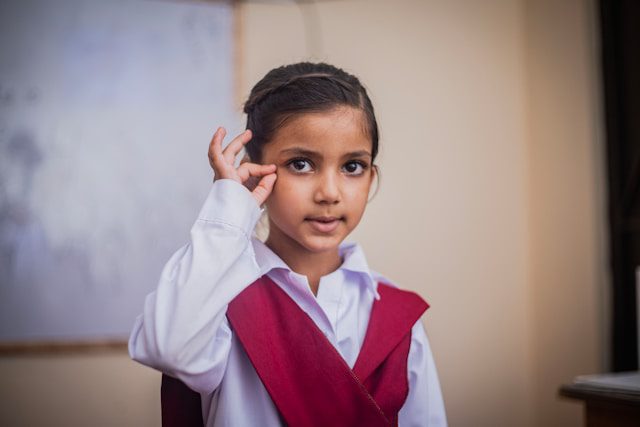
This sign language uses many simplified signs from BSL and is particularly beneficial for anyone with who finds difficulty with communication, such as people with hearing loss or speech and language difficulties. It is used by both children and adults in many situations.
Unlike full sign languages, Makaton is designed to support and encourage spoken language, rather than replace it. It can help users feel more confident in communication, reducing frustration and improving social interactions.
How is it Taught and Used?
Makaton is typically introduced through structured training programs, available through Makaton tutors and online resources. It is used in:
- Schools and nurseries to help children with communication needs
- Hospitals and healthcare settings to support patients with speech difficulties
- Community spaces like libraries and supermarkets to improve accessibility
- Everyday home life for families who want to enhance communication with loved ones
The Role of Music and Songs
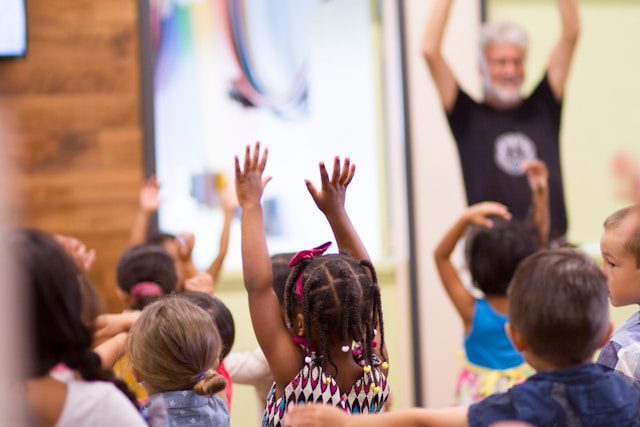
It is often taught through singing and music, making it fun and engaging. Popular children’s programs like Something Special with Mr Tumble have introduced the language to a wider audience, and many nurseries and schools incorporate it into songs to help children learn words and signs together. Indeed, out own grandchildren are learning it!
How Does Makaton Relate to BSL?
It borrows signs from British Sign Language (BSL) but has key differences:
The signs are simplified to make them easier to learn.
The signs follow spoken word order, whereas BSL has its own grammar and structure.
It also uses symbols alongside signs to reinforce meaning.
Because of these differences, Makaton is not a full sign language like BSL, but it can serve as a stepping stone for those who may later learn BSL.
Is There an ASL Version
Whilst it is primarily used in the UK, similar systems exist in other countries. In the US, Signed Exact English (SEE),serves a similar purpose by supporting communication with simplified signs while following spoken English word order. SEE is based on American Sign Language (ASL) but is not considered ASL itself, as ASL has a distinct grammatical structure. In Austrailia Key Word Sign is very popular
Makaton in Everyday Life
Many public places and services now use Makaton to create a more inclusive environment. Look out for Makaton signs in:
Hospitals – helping patients with communication difficulties
Libraries – staff signing to assist young children and those with disabilities
Supermarkets – where employees are trained to use basic signs for customer service
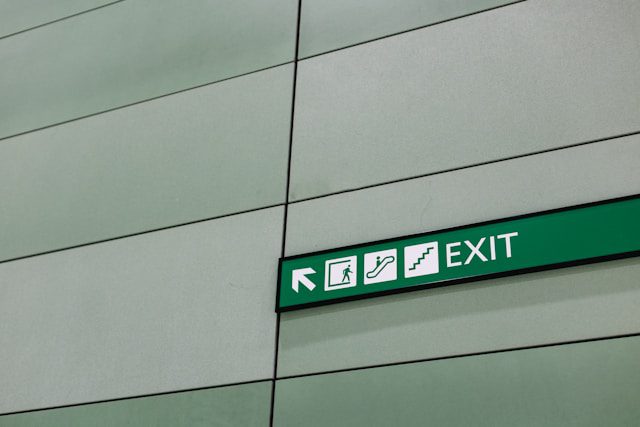
Common Misconceptions About Makaton
❌ Makaton is just simplified sign language. – While it uses BSL signs, it is designed to support spoken language, not replace it.
❌ If you use Makaton, you won’t learn to speak. – Research shows that Makaton actually helps many people develop their speech by reinforcing words with visual signs and symbols.
❌ Only children use Makaton.– People of all ages benefit from Makaton, including adults recovering from strokes.
Final Thoughts
It is a powerful communication tool that enhances understanding and inclusion for people with hearing, speech and language challenges. While it is not a full sign language like BSL or ASL, it plays a crucial role in bridging the gap between spoken and signed communication.
Try these free resources to get started.
-
The Makaton Charity – Free Resources. The official Makaton Charity offers a variety of free downloadable resources, including vocabulary lists, activities, and guides. Access requires a free account.
-
Twinkl – Makaton Teaching Resources. Twinkl provides a wide range of printable and digital teaching resources, including worksheets, eBooks, games, and PowerPoints, suitable for various educational settings.
![]()
Find out more about ASL, BSL, Baby Sign and Cued, in the news section on our website
Credits: website icon by Icons8


